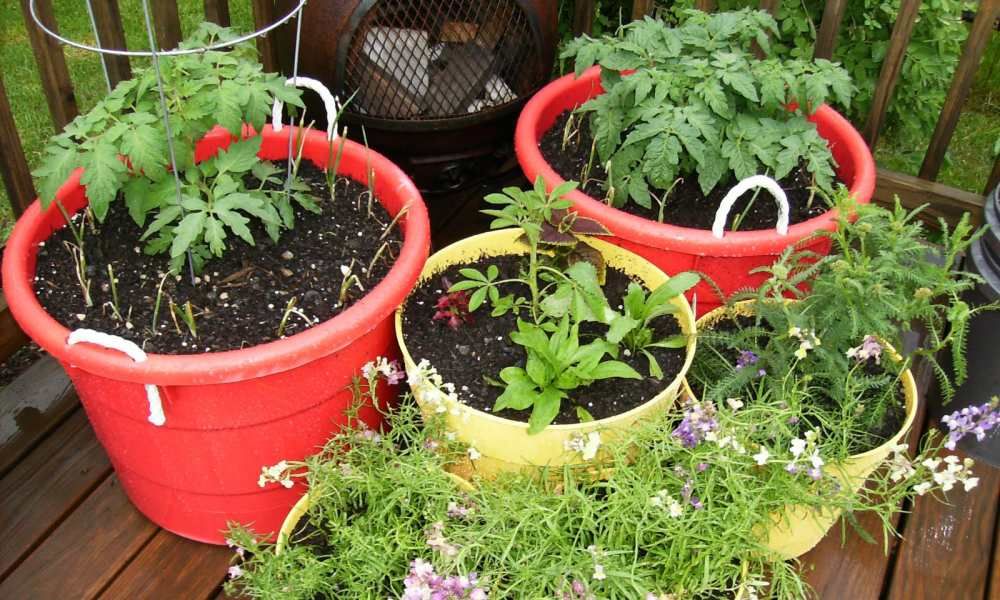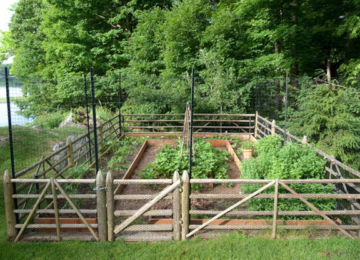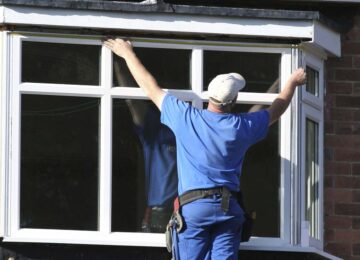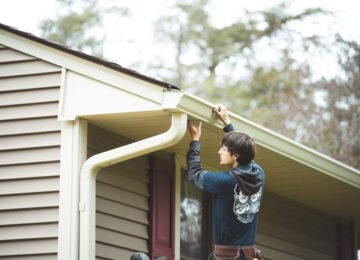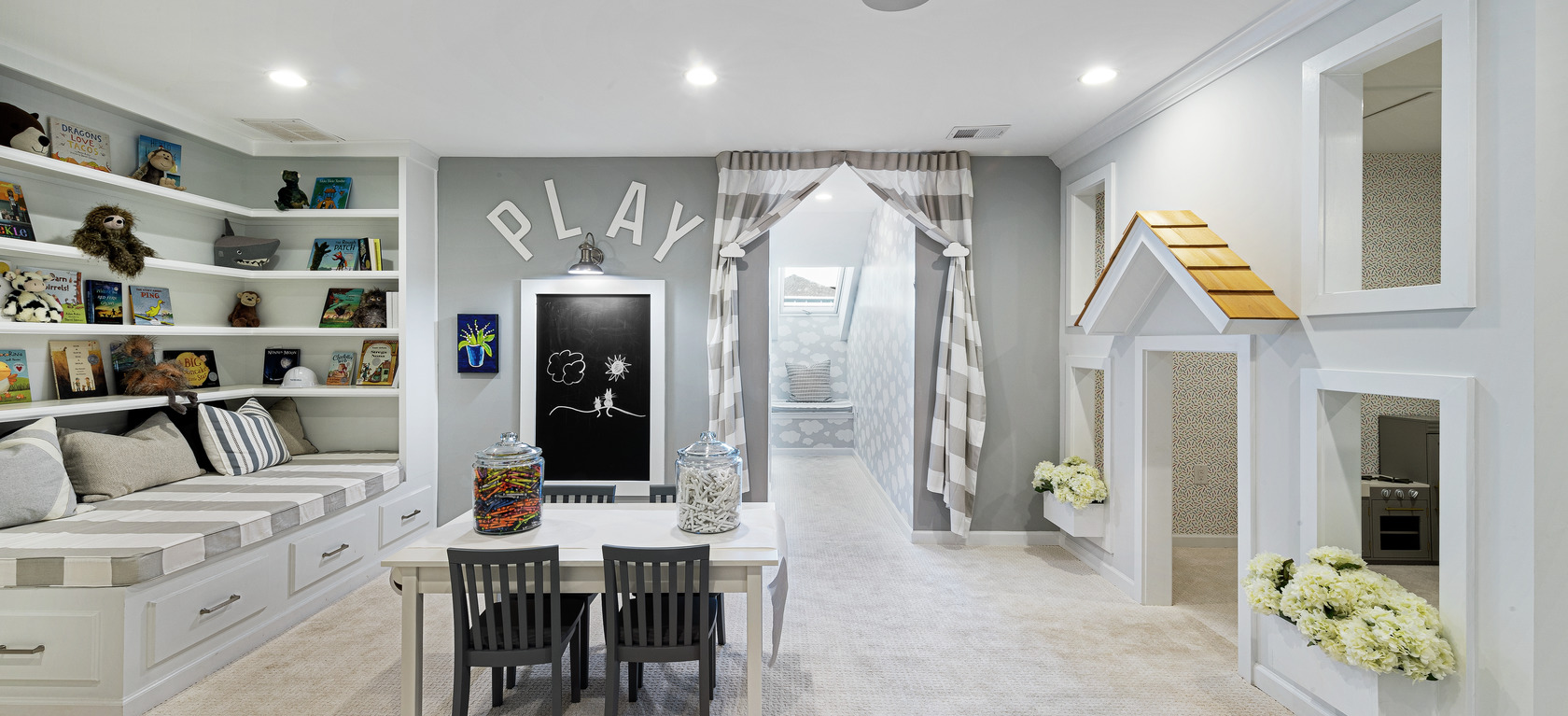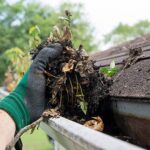Gardening is a rewarding hobby that allows individuals to connect with nature, cultivate beautiful plants, and even grow their own food. However, choosing the right gardening containers is crucial for the success of your plants. The container you select can significantly impact plant health, growth, and overall aesthetics. Whether you’re a seasoned gardener or a beginner, here are essential tips to guide you in selecting the perfect gardening containers.
Consider The Material
The material of the container affects drainage, insulation, weight, and appearance. Common materials include:
- Plastic: Lightweight, durable, and affordable, plastic containers are great for beginners. They retain moisture well, but make sure they have drainage holes to prevent waterlogging.
- Terracotta: These clay pots are porous, allowing for good air circulation and drainage. They can help regulate soil temperature, making them suitable for various plants. However, they can be heavy when filled with soil and may crack in freezing temperatures.
- Ceramic: Glazed ceramic pots are attractive and come in various colors and designs. They retain moisture well but can be heavy and expensive.
- Wood: Wooden containers can be aesthetically pleasing and offer good insulation. However, they may require treatment to prevent rot and pest infestations.
- Metal: Metal containers, such as galvanized steel, can be stylish but may heat up quickly in the sun, potentially harming the roots of your plants.
Each material has its pros and cons, so consider what works best for your gardening style and environment.

Size Matters
The size of the container is vital for the health of your plants. Generally, larger containers provide more soil, which means better moisture retention and root development. Small containers can restrict root growth and lead to quick drying out, especially in hot weather.
Here are some guidelines for choosing the right size:
- Herbs And Small Plants: Make use of containers with a minimum diameter of 6 to 12 inches.
- Medium-Sized Plants: Choose containers that are 12 to 18 inches in diameter.
- Large Plants Or Vegetables: Opt for containers that are 18 inches or larger.
Remember that the larger the container, the heavier it will be when filled with soil and plants, so consider your ability to move it if necessary.
Drainage Is Crucial
The health of your plants depends on proper drainage. Without it, excess water can lead to root rot and other diseases. Ensure that your containers have drainage holes at the bottom. Consider using a plastic pot with drainage holes inside a decorative pot that doesn’t have drainage, or add gravel to the bottom to let water flow.
Additionally, be mindful of how you water your plants. Overwatering can still occur even in well-drained pots, so check the moisture level before adding more water.
Match Container Size To Plant Type
Different plants have different space requirements. When choosing containers, consider the needs of the specific plants you wish to grow. For instance:
- Annual Flowers: These can thrive in smaller pots as they have shallow roots.
- Perennials: These usually need more space to accommodate their deeper root systems.
- Vegetables: Many vegetables, like tomatoes and peppers, require larger containers to support their growth.
- Succulents And Cacti: These plants prefer well-draining soil and smaller pots to prevent overwatering.
You can choose the right container size if you are aware of the particular requirements of your plants.
Consider Aesthetics And Location
Your gardening containers should complement your outdoor or indoor space. Think about your pots’ color, design, and style. Bright colors can add a fun touch, while neutral tones may blend seamlessly with your décor.
Also, think about where you’ll be placing your containers. If they’re in direct sunlight, materials like plastic or ceramic may work better than metal, which can heat up too much. Ensure the containers fit well in your chosen space, allowing for proper sunlight and air circulation.
Check For Insulation
Controlling the temperature is essential for plant health. Some materials insulate better than others, protecting roots from extreme temperatures. For instance, terracotta pots allow for air exchange, which can keep roots cooler in hot weather. If you live in an area with extreme temperatures, consider insulating your containers with materials such as burlap or foam.
Consider Mobility
If you plan to rearrange your garden or bring pots indoors during bad weather, consider the weight and mobility of your containers. Lightweight materials like plastic are easier to move, while heavier materials provide stability but may require more effort to relocate.
Conclusion
Choosing the right gardening containers is fundamental to the success of your gardening endeavors. By considering the material, size, drainage, plant type, aesthetics, insulation, and mobility, you can create a thriving garden that enhances your living space. With the right containers, you’ll enjoy the beauty of your plants while ensuring they remain healthy and vibrant.

